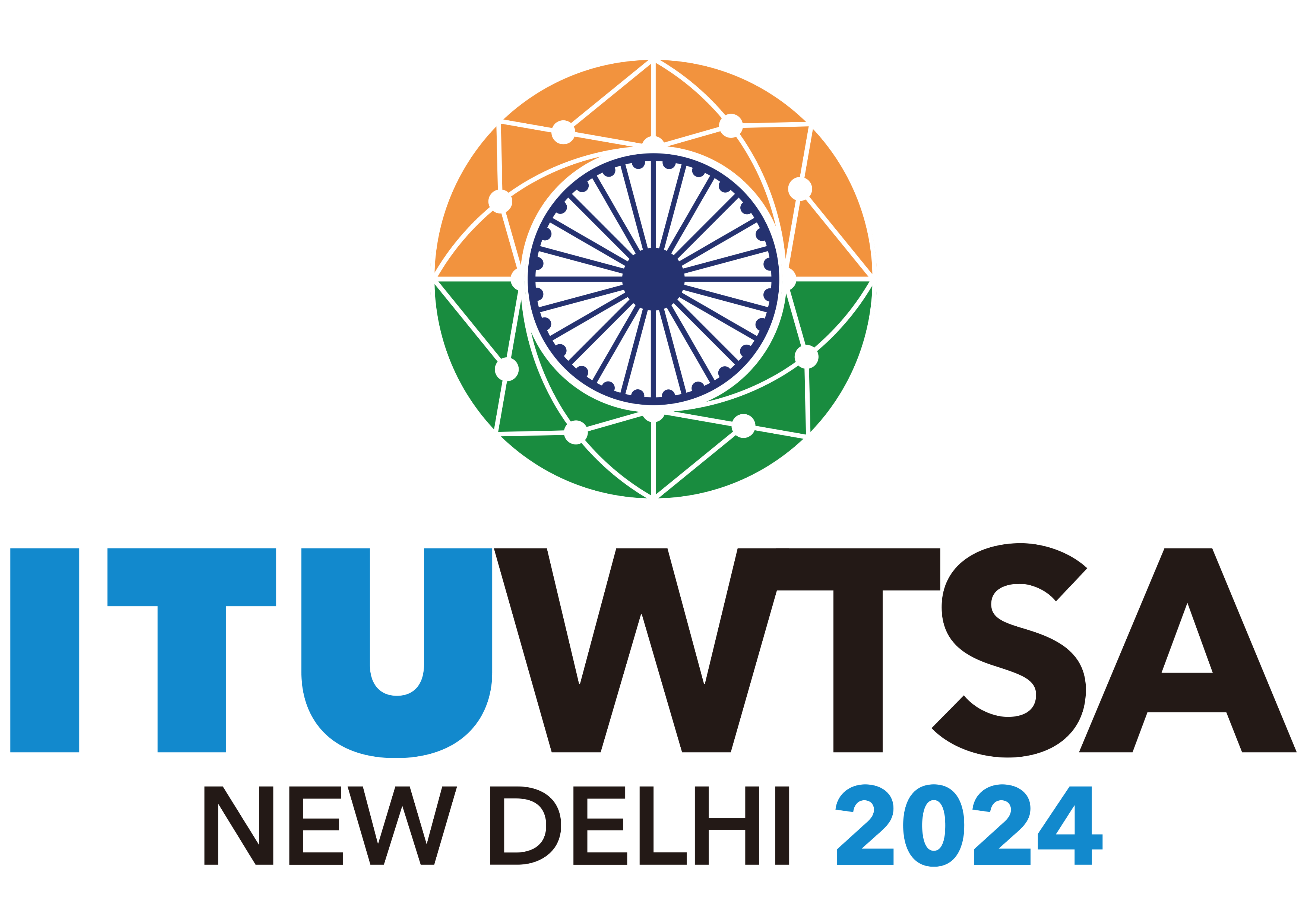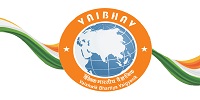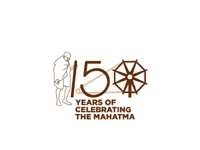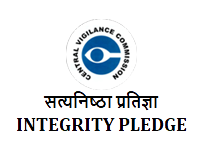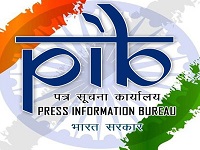The Department of Science and Technology, Government of India, was established on May 3, 1971 after the success of the Green Revolution, which was described as the innovative extension of the sciences. During the last tenteenth years, DST developed many sources, which were later established in departments and ministries with focused goals. Some of these biotechnology departments (DBT) are the Department of Scientific and Industrial Research (DSIR)] Ministry of Environment and Forests (MoEF)] Ministry of New and Youth Energy (MNRE)] Department of Electronics (DoE) and Earth Sciences (MoES). DST works as a nodal agency linking the science sector to the public. There are many roles purified by DST and it has developed over time. Comparison DST (A) develops S and T policies, (b) empowers human resources and institutional capabilities, enables (s) to develop and expand, (d) social intervention through S & T . (I) Certified and employed in the mechanisms of cooperation, partnership and agreement. These access to be displayed in its goal, ensures a integrity all impact, then, medium and long-term affiliation / receipt. It enables synergists to suit adverse sharp effects and time, human, institutional and economic resources for continuous growth / development in different areas.
DST has consistently played a suitable role and has often been adapted without any role as soon as it has been enabled. As a result, DST played the role of an Extramural Research Grant Agency, in which there is a provision of competitive tendency for researchers on the basis of technical competence for research. This system is in circulation for almost three decades. DST has acquired knowledge of many needs over the years in the world and developed its mechanisms to adopt according to the needs of India. As a result, there were some instructional changes which developed in the prefix type typey and interactive verbs. Support for large resource appraisal for science based evidence, steakoho for the science, and the basis of the premises based on identification of these vacancy areas and the development of new programs and schemes, the competitive and balanced development indicators that balance the vacancies / needs. Based on. The expansion, interaction focused on the values of the stakeholder contract, the different programs, the affiliation, the effective planning and coordination for the optimum utilization of resources, and the distribution of deep knowledge of local requirements and the analysis of integrity, expansion and excellence in the field of science To establish an active balance in the three basic priorities of an integrated approach Scope - the apparent strength of Distiti for.
DST ensures the analysis of the results of policies, plans, programs and projects through foremost and repugnant linkages. Internal S & T co-ordination with friendly countries has become a national priority and this work has been taken to DST. Thus, DST established important mechanisms / mechanism with significant vision to inspire and inspire excellence and motivation in scientific research and development. These are equivalent to India's developmental aspirations and it will help strengthen the workplace established by it in many areas at national, regional and global levels.
















